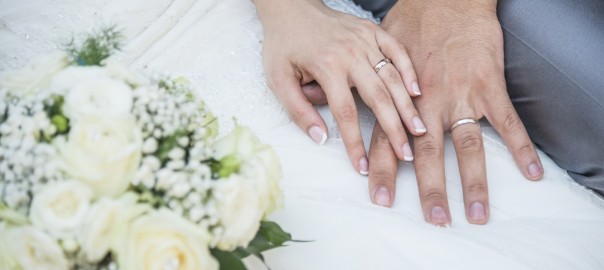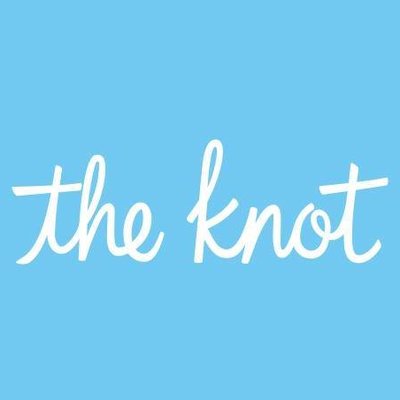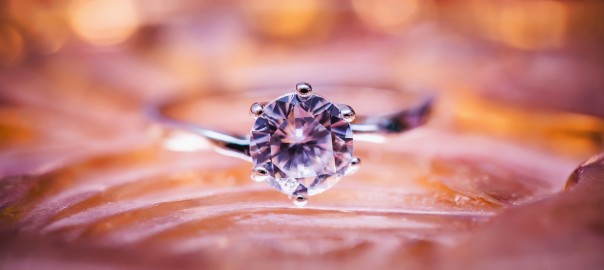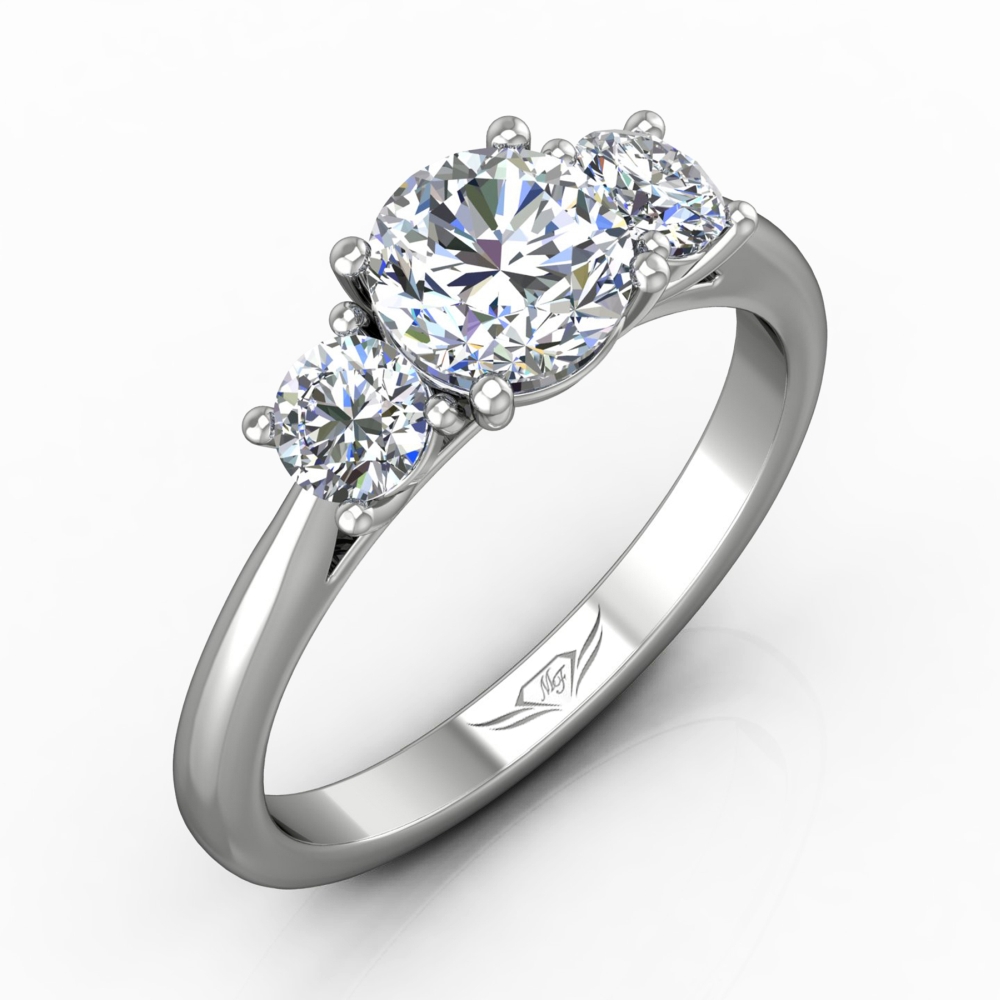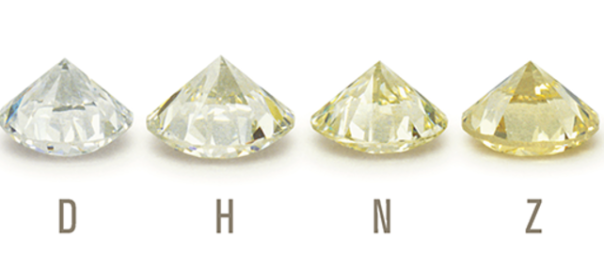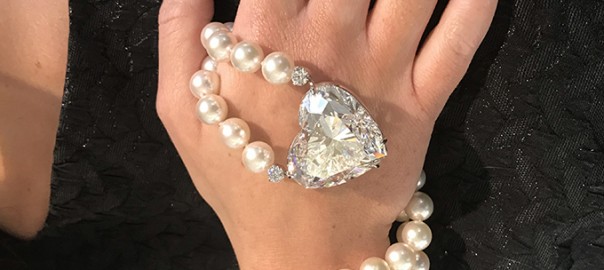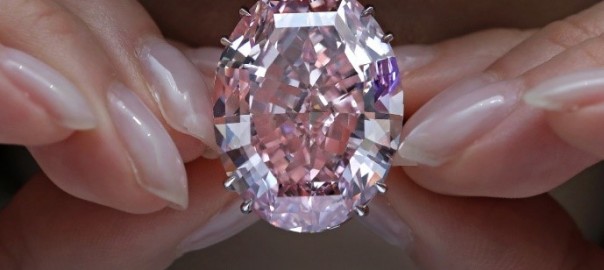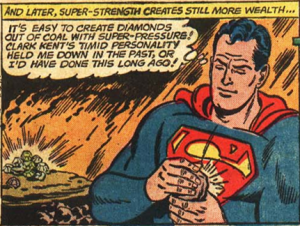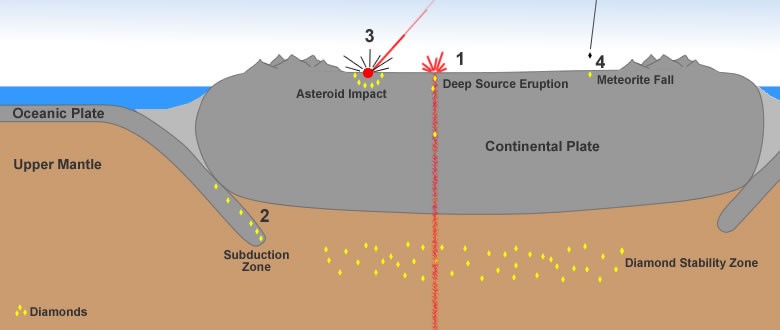Two monumental diamond sales already slated in 2017, so we decided to take an in-depth look into diamond history. We are going a step further and examining stories behind some of the more famous stones as well.
The Origins – Diamond History
The G.I.A., the world’s foremost authority on diamonds, colored stones and pearls, states diamond history can be set as early as the 4th century BC in India, when diamonds were given value. (G.I.A. – “Diamond History Lore”). Various trade routes, helped diamond appear in countries like France and Italy. By the 14th century, diamonds had become the fashion norm across Europe, and the importance of diamond cutting emerged in Venice (CBS – “Diamond History”). The supply source in India declined, due to demand, which caused the value to increase. This demand obviously led explorers and entrepreneurs to venture elsewhere. And in the 1700’s, Brazil became a powerhouse in the diamond industry. They dominated the market place for over 150 years (G.I.A.)!
The Modern Diamond Industry
In 1866 miners discovered a large deposit of diamonds in Kimberly, South Africa. This began the modern diamond industry. Hence the name Kimberlite tunnels. One of the most famous diamonds, Star of South Africa, was unearthed three years later. Originally an 83.5 carat rough diamond, was cut to a 47.69 carat pear-shaped diamond, and traded for “500 hundred sheep, ten oxen and a horse” (Famous Diamonds – “Star of South Africa Diamond”). Then, in 1888, a young entrepreneur named Cecil Rhodes established the De Beers Consolidated Mines Limited, which at one point “controlled up to 90% of rough diamond production in the world”.
De Beers
“In the 1870’s, annual production of rough diamond was well under a million carats. By the 1920’s, the figure was around three million carats. Fifty years later, annual production approached 50 million carats, and in the 1990’s it surpassed 100 million carats per year”, (G.I.A.). Prior to 1947, engagement rings rarely used diamonds. It wasn’t until the De Beers hired N.W. Ayer (an advertising agency) to come-up with the world-famous slogan, “A Diamond is Forever”, that the diamond marketplace changed forever. This slogan was so effective that Ad Age deemed it the slogan of the century. According to The Atlantic, in the proceeding 40 years, “De Beers’ wholesale diamond sales in the United States increased from $23 million to $2.1 billion (U.S.D.)”.
Current Market
Australia, Botswana, Russia, Congo Republic, Canada, South Africa and India produce the majority of natural diamonds. For more incredible stories behind many famous diamonds, we recommend checking out this site. In the meantime, we invite you to take a look at Schwanke-Kasten Jewelers’ expansive diamond jewelry selection and G.I.A. certified diamond engagement rings. Rings that reflect the beauty of your true love.
This link is a brief timeline of the history of some very famous diamonds.
Hope you enjoyed!
